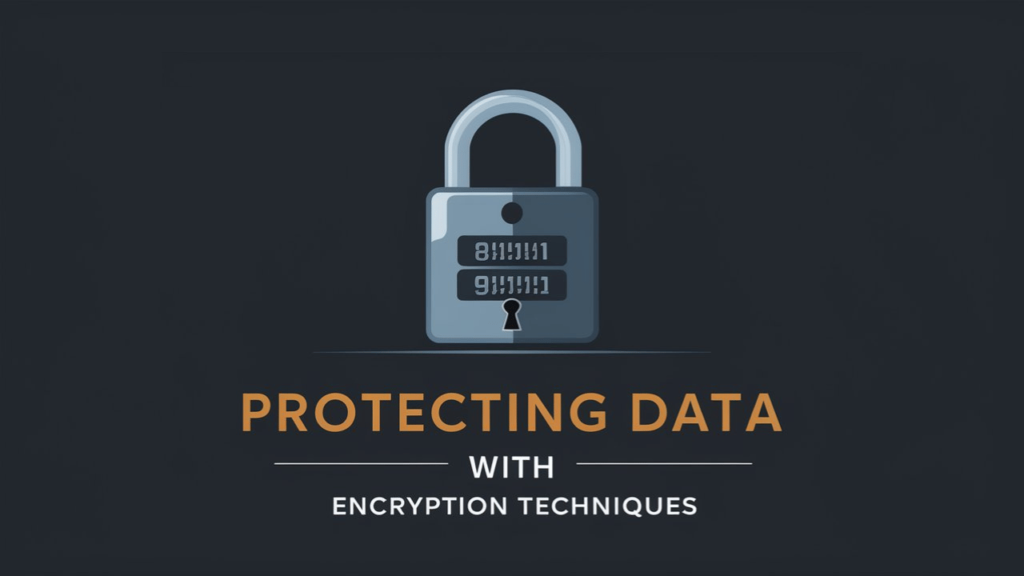Understanding E-commerce Security Basics
As you begin navigating the world of online sales, good e-commerce security fundamentals are essential for protecting your business and customers. E-commerce Security is a branch of cybersecurity which specifically deals with the protection of websites, applications and data from more than 2 decades ago from cyber threats like hacking, information security breaches or identity theft. Understanding things like SSL certificates that protect your site’s connection and keep processing transactions secure is vital for most sites, so do not overlook them. It is important to understand some of the common vulnerabilities (e.g. SQL injection, cross-site scripting). Knowing the basics will not only serve to ensure your platform is well-grounded but also instil confidence in customers, overall improving brand reputation and boosting sales.
Choosing the Right E-commerce Platform
Choosing the right e-commerce platform from this myriad of options is a decision that affects your business in every way, including workflow processes such as inventory management and even customer service. You need to choose the right platform that fits your business size, budget and scalability requirements. It should come with solid security features like data encryption, regular updates of the system to remain safeguarded against new threats out there and finally, support for secure payment methods. Also, look for solutions that offer flexibility, which can help you to increase security as your company expands. Shopify, Magento, and WooCommerce are among the most popular platforms available, each with a unique set of security features and community support that you’ll need to weigh out. The choice here will lay the groundwork for a future secure e-commerce activity.
Implementing Strong Authentication Measures
To Be Implemented With Your E-commerce Platform Beyond simply relying on a username and password, this means setting up two or more types of verification to verify the identity (normally 2-step multi-factor authentication). MFA generally consists of something the user knows (a password), something the user has (a token or an SMS to a mobile device), and another biometric factor like fingerprints, face recognition, etc. We must also put into practice these CAPTCHA systems to deter automated attacks and offer secure password reset options. Improving the authentication process will also be essential in decreasing the chance for criminals to hack into you, keeping necessary information safe, and maintaining a good user experience.
Securing Payment Gateways and Transactions
Upgrading security of payment gateways and transactions: Security is highly emphasized when it comes to e-commerce. This prevents the leakage of information from financial areas and preserves the transaction process at its unadulterated stage. Using SSL encryption is basic and a must for all data transfer. Moreover, integrating secure payment gateways that are PCI DSS compliant comes in very handy during financial transactions and lowers lots of threats. Then, all those payment methods are deployed, including credit cards, digital wallets, and bank transfers — each with its security controls rigidly defined. Fraud needs to be looked at daily by financial institutions, and transaction security can improve by just introducing dynamic DSD or astounding tokenization capabilities.
Protecting Data with Encryption Techniques

Data encryption is a major part of e-commerce security, as it keeps sensitive information secure and inaccessible to hackers. Encryption encodes data in a way that it remains inaccessible to anyone without authorization, even if they somehow manage to bypass all other security measures. It provides end-to-end encryption (E2EE) for all data transactions, using personal and financial information from the point of capture to its final destination. You should also ensure to use strong encryption algorithms and protect your encryption keys. By auditing and maintaining encryption practices, you help protect the integrity of your e-commerce platform against ever-evolving threats.
Regularly Updating and Patching Software
Updating software does not just benefit you for new functionality, it is an important step in maintaining security. General updates and bug fixes are aimed at shoring up holes within your system that cybercriminals could potentially leverage in a hacklam-style attack. It includes the e-commerce platform, any plugins to support it and underlying systems such as databases or server operating systems. Frequently, security breaches come from software with already known vulnerabilities and available patches. Where we can, automating the process of updating software automatically will allow you to be up-to-date with no manual attention required and, therefore, greatly reduce your risk associated with human error. Keeping each and every part of your e-commerce ecosystem updated can be a simple enterprise, but it is the right way to ensure that you are protected against an ever-changing array of cyber threats.
Conducting Security Audits and Penetration Testing
Regular security audits and penetration testing are a must to make sure your e-commerce platform is safe. Practices like this allow security vulnerabilities to be found and fixed before attackers can exploit them. Security audits mean an all-encompassing evaluation of your platform’s security architecture and policies, while penetration testing (pen-test) is a simulation of cyber attacks that allows you to check the level at which vulnerability exists in systems. These drives offer great context for where impending threats are and what types of attacks have slipped through the cracks, providing some insight into vulnerabilities that need to be addressed. By working with professionals through the cybersecurity services these tests are part of, you can gain a fresh perspective on how secure your organization really is and be confident that no stone has been left unturned in your efforts to protect valuable data and this means customer trust as well.
Educating Users and Employees on Security Best Practices
The majority of successful attacks on E-commerce platforms have a human element. It is important to educate your users and employees on best practices for security. This can encompass everything from training employees to recognize phishing attacks, safeguarding their devices, following appropriate methods of access, and managing incidents handling sensitive data. Users, in turn, can be trained on how to create strong passwords or which websites are legitimate and generally prevent an identity theft information breach from happening. Keep security awareness at the forefront of your mind with reminders (possibly daily or weekly) on new threats and best practices to keep a tighter security belt, making your e-commerce site just that much more difficult to hack.
Complying with Legal and Regulatory Requirements

Any e-commerce platform has to successfully navigate the regulatory and legal environment of its main markets. Compliance not only keeps you out of legal trouble, but it is also linked to consumer trust. It starts with compliance: key jurisdictions mandate security attitudes like the General Data Protection Regulation (GDPR) in Europe and the Payment Card Industry Data Security Standard worldwide. This involves making sure that your platform is compliant with these standards in any type of processing of personal data from customers, properly discloses this information, and has transparency around where the data goes. Periodic audits and adjustments to compliance strategies — often with input from legal experts — are necessary if the law evolves in a way that either limits or compromises your platform while also offering consumer protection.
Planning for Incident Response and Disaster Recovery
Even if your security is rock-solid, you cannot eliminate the possibility of a security incident. As a result, it is absolutely important to have an incident response and disaster recovery plan in place. The document will go through an incident response plan detailing explicit actions regarding the containment of a breach and the assessment of compromised assets or information content and cargo vessels to authorities in case affected customers have been identified. In addition, regular drills and simulations can ensure your team is ready to deal with genuine incidents efficiently. Doing so not only reduces the scale of the damage but also shows customers your platform is safe and properly enforced. Regular backups and the ability to quickly recover operations from those same backups are other key components that need to be in place for an effective disaster recovery plan.
Conclusion
Building a secure e-commerce platform is an ongoing process that requires diligence, awareness, and a proactive approach to security. From understanding the basics of e-commerce security to implementing strong authentication measures and securing payment transactions, each step plays a pivotal role in creating a safe online shopping environment. Regular updates, comprehensive security audits, and adhering to legal standards further solidify the platform’s defenses against potential threats. By educating both users and employees on security best practices and preparing robust incident response and disaster recovery plans, you can ensure that your e-commerce platform not only meets but exceeds the expectations for security and reliability. Remember, investing in robust e-commerce security is not just a regulatory obligation—it’s a fundamental component of building trust and ensuring the long-term success of your online business.
